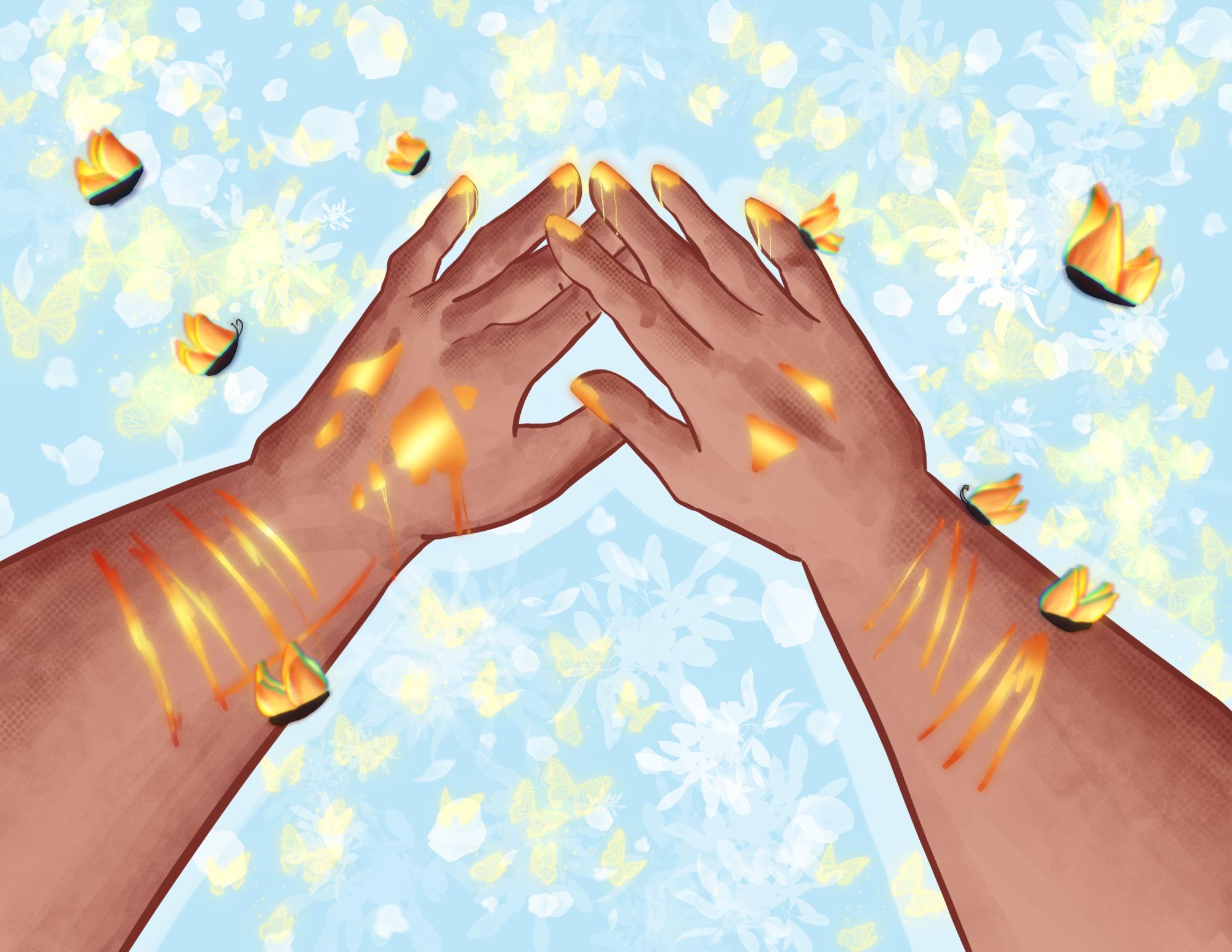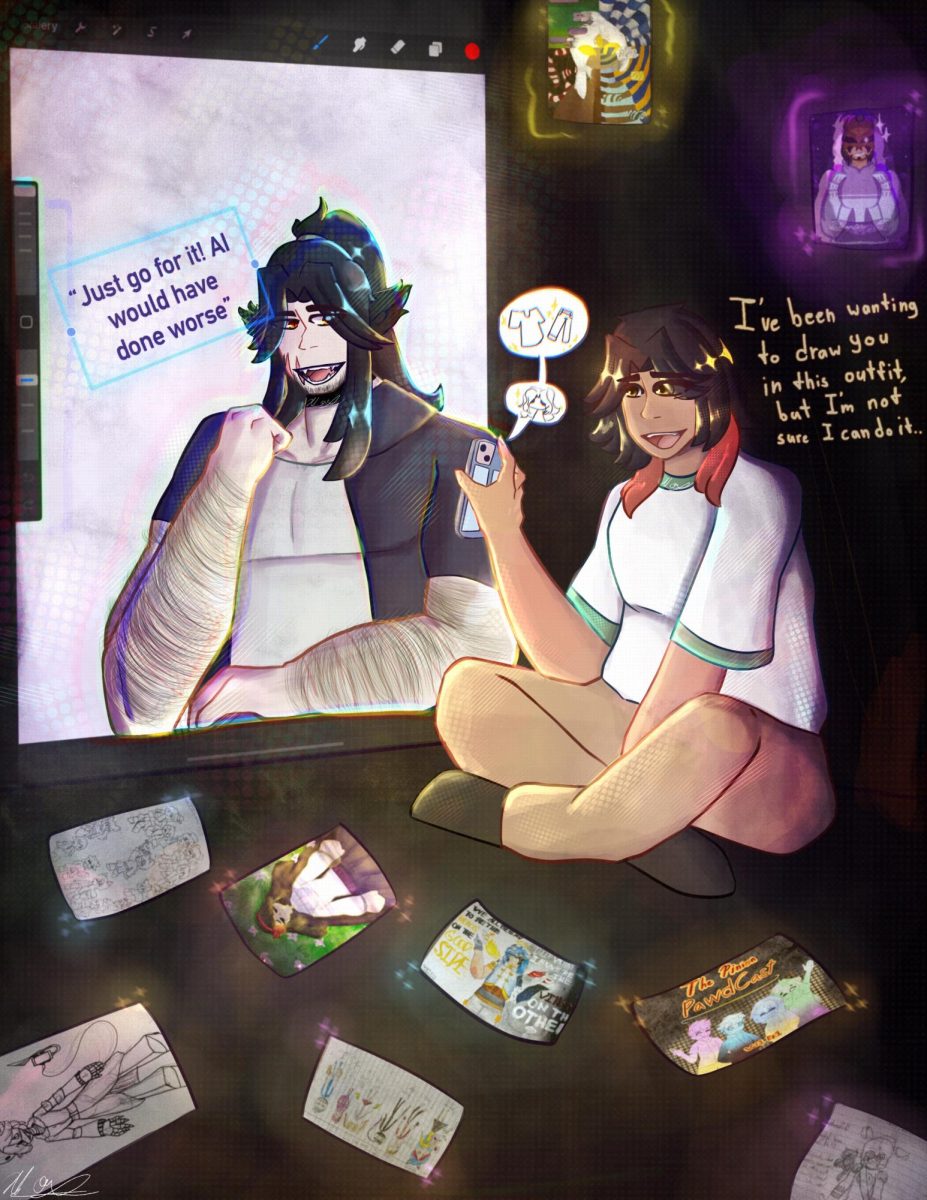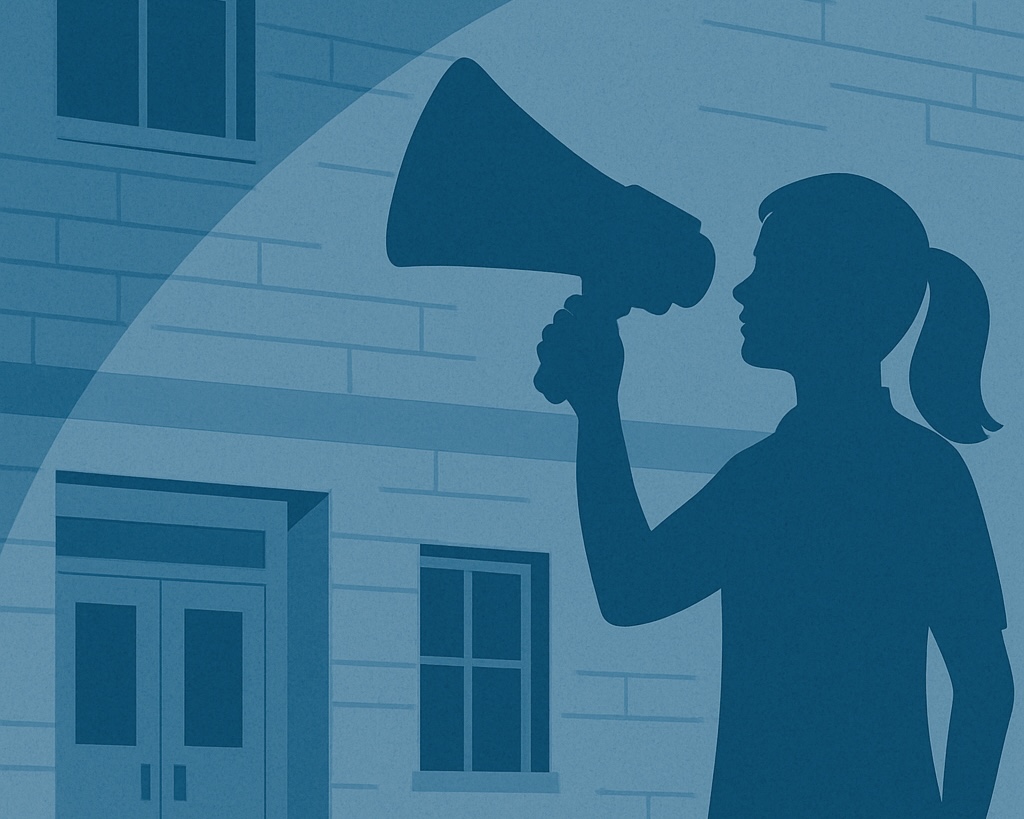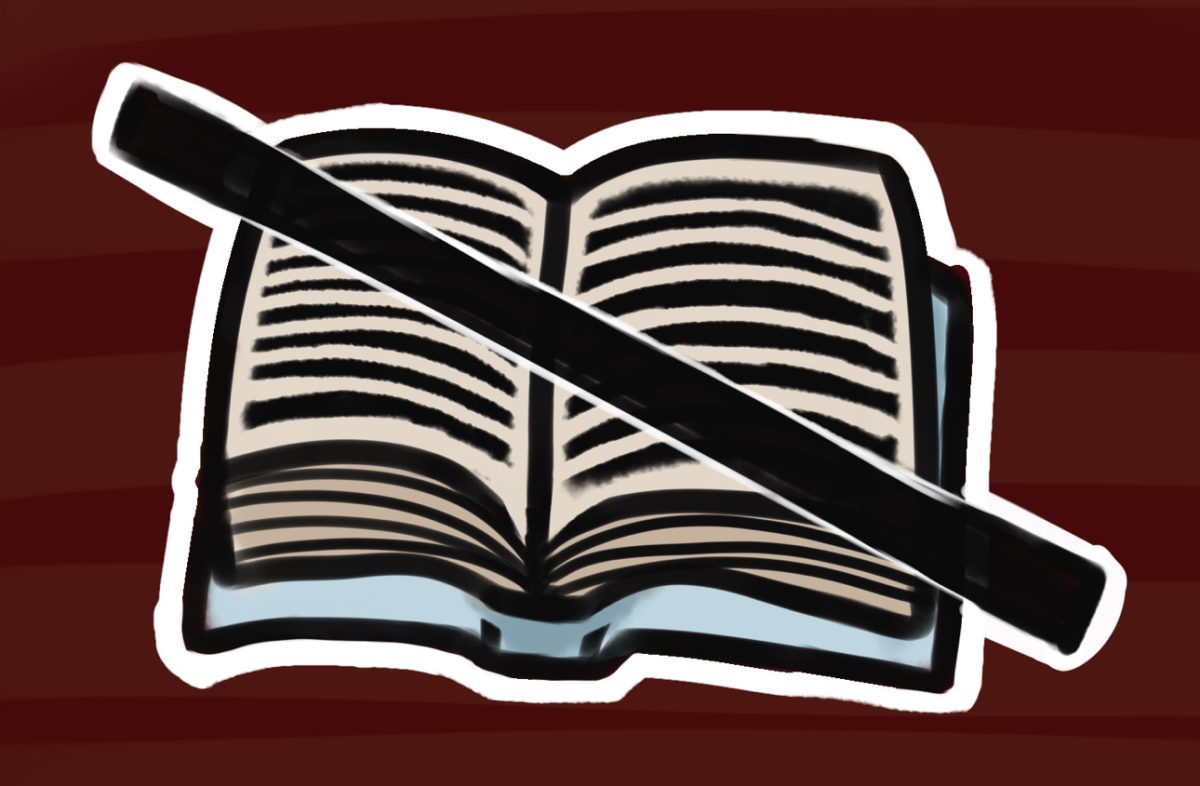Editor’s Note: The article included topics of self-harm and suicide.
Even with more awareness and information coming out online about self-harm, the McKinley community still lack information on why people do it or how to support someone in general. In a survey conducted by The Pinion where 230 people answered, 40% indicated they lack information on what self-harm is.
Some myths heard McKinley students reported hearing from online or from others are:
- “There is only one way to self-harm”
- “People who self-harm are crazy and should be locked up”
- “People who self-harm are doing it for attention”
- “Only teens self-harm”
- “People who self-harm are suicidal”
It’s more than all that. Anyone can self-harm; and they may all do it for different reasons and in different ways.
What Is Self-Harm/Why People Do It
When first searching the word “self-harm” you may see images of people with cuts in their arms and wrists; with a razor blade in one hand. Many people shrug their shoulders and think this is what all self-harm looks like when it’s truly not the case. Self harm can happen in many shapes and forms, and as long as there is the intention to hurt oneself it’s considered self harm. Some forms of self-harm according to mind.org.uk and Better Health Channel includes:
- Cutting, burning, biting, picking, or scratching your skin
- Pulling/ripping at your hair
- Harmful substances (such as poison
- Hitting your body, or punching a solid object
- Neglecting to eat or excessive eating
- Over-exerting yourself with work or exercise
People who self-harm aren’t attention seekers, crazy or sick, going through a phase, and weak. No, they are human beings that are in pain.

There are many reasons someone self-harms. It could help them cope with physical pain or distress. For them, it can bring a sense of relief, and helps remind them that they’re “alive.” That was my personal experience. I was at such a point where everything felt so numb, and nothing was real. The sudden shock of pain and adrenaline running through my veins, via self harm reminded me that I was alive.
Another reason someone might self-harm is because they are punishing themselves. Angry at themselves for not doing good enough or doing something seen as “unacceptable” in their eyes. Other times the physical pain is an attempt to distract from emotional pain. Sometimes it gets to the point where things are so overwhelming, and they need an escape, avoid experiencing those emotions or reliving traumatic experiences.
Self-harm can be a never-ending cycle, and once you start it can be hard to stop. It can bring a momentary sense of calm to negative thoughts, but it’s only temporary and can lead to feelings of guilt and shame. This brings back the original negative emotions, which can lead to further self-harm; thus beginning the cycle anew.
Supporting Someone Who Self-Harms
If you suspect someone you know is hurting themselves, it can be difficult to approach them. You may feel scared, shocked, angry, or any other strong emotion. Yet, it’s important to not overreact or panic and stay calm. The way you respond has an impact on how they will open up to you and others in the future. Remember that self-harm is their attempt at of managing hard emotions, feelings, and experiences.
When having that first conversation with them, stay calm. Reacting with anger can shut down the conversion. The person you care for needs kindness right now. Show care and concern for them, and ask simple questions about how they feel. Don’t pressure them, though. Give them time and space to talk in their own words. Finally, be non-judgmental. With the stigma and myths surrounding self-harm, they could be embarrassed or apologetic. Assure them that they don’t need to be apologetic and that you are there to support and listen to them.
Some more things to keep in mind and ways you could support someone are:
- Respect their boundaries
- Ensuring to check up on them regularly
- Educate yourself on self-harm
- Offer to help them find more support
- Let them know that you are there for them
- Let them be in control of their decisions
- Don’t pressure them into opening up
Another thing to remember is that in the majority of cases, self-harm is different from suicidal feelings. While self-harm can be part of it, it doesn’t mean they are suicidal. When I was overwhelmed with everything. I picked at my skin till it bleeds. I didn’t want to die in the moment, I just wanted to focus my attention away from the things overwhelming me. It will look different for everyone.
Ways To Redirect Self-Harm and Finding Help
What if you are the one dealing with these thoughts, and need an outlet or something to redirect these thoughts? Some strategies include:
- Eating spicy or sour food
- Holding ice
- Running your hands under warm or cold water
- Punching a pillow or cushion
- Screaming into a pillow
- Snapping a rubber band on your wrist
- Listening to music or watching a show you like
- Going on a walk, stroll, or jog
- Do something creative, such as a journal, drawing, or painting
- Paint your nails so you can pick at the polish
If these thoughts continue to persist, tell someone you trust. Asking for help is the first step to getting out of the cycle. It may be scary at first and certainly not easy, but asking for help is the strongest thing you can do. Asking for help does not show weakness. There should be no shame when talking about your feelings. Continuing to just let it bottle up inside of you, it will reach a point where you might do something you will regret.
There are people out there who care and worry for you. Talk to someone you trust about this such as your friends, family, someone you trust at school, or your doctor. You don’t need to tell them everything. It’s important that you feel comfortable and safe. Try to focus on your thoughts and feelings behind your self-harm, and try to continue from there.
It may be a hard start and an even longer and harder journey for self-recovery, but it is possible. It took me a long time to realize that what I was doing wasn’t healthy. I was scared to reach out for help, to ask my family for help, and scared to tell my doctors. Yet, I did. I’ve found a support system and healthy coping mechanisms. It all starts with asking for help, and then taking small steps from there. It may not look like things are getting better, but over time things will.
If you or a loved one is going through some difficult times, here are some resources you can text or call for help:
Suicide & Crisis Lifeline | 988
Crisis Text Line: Text ‘ALOHA’ to 741741
Hawaii CARES | 1-808-832-3100
National Suicide Prevention Lifeline| 1-808-2730-TALK (8255)
Self-Harm Hotline| 1-808-366-8288
The Trevor Project (LGBTQ+ Community) | Text ‘START’ to 678-678 | Call 1-866-488-7468








